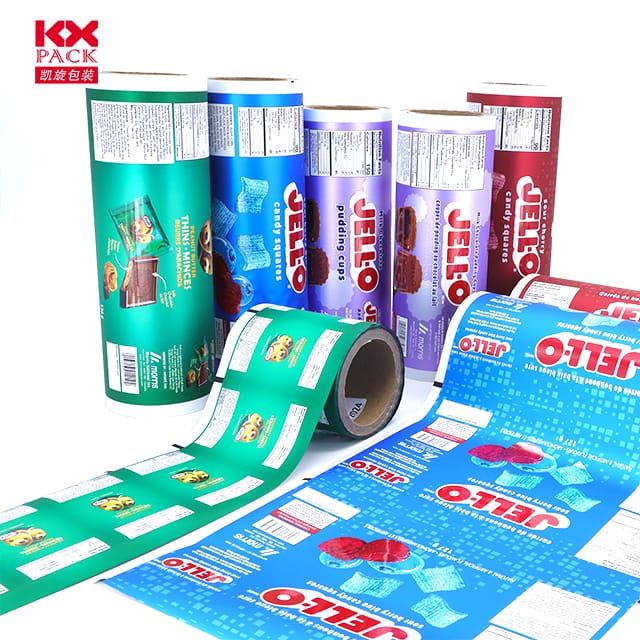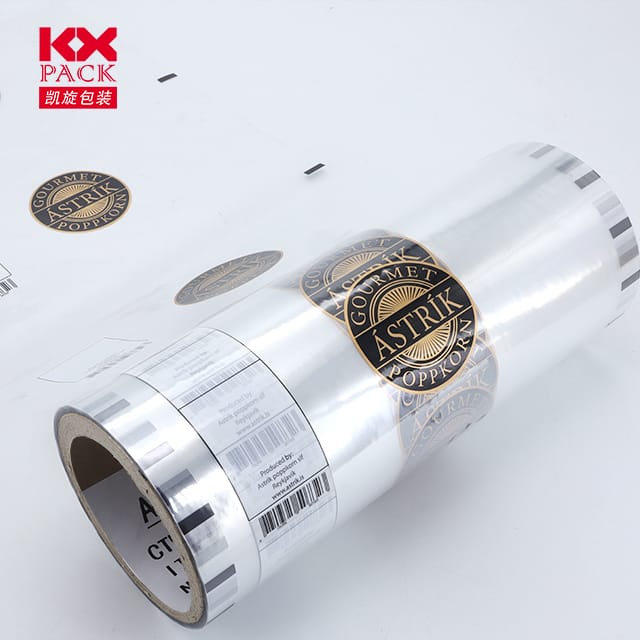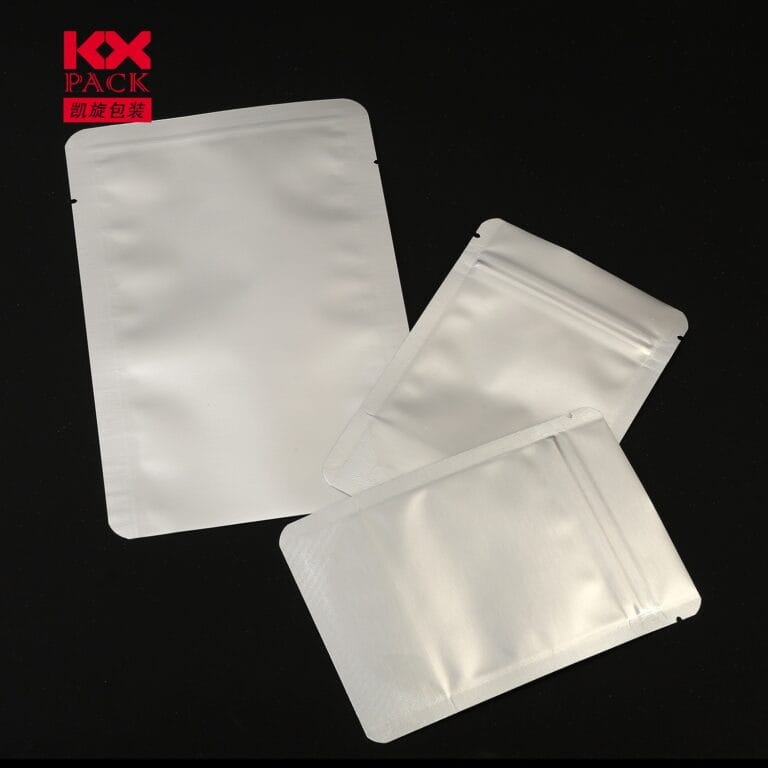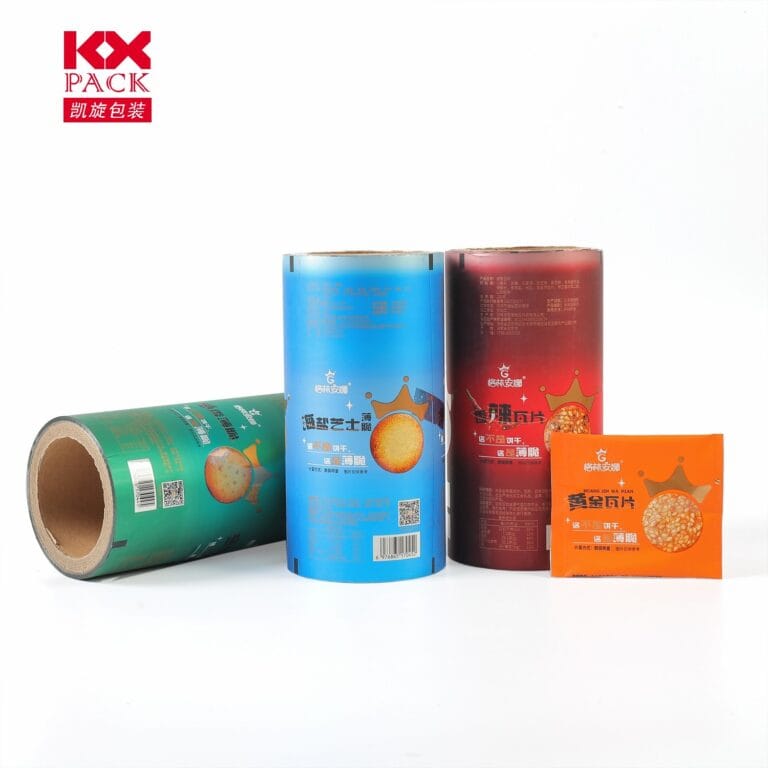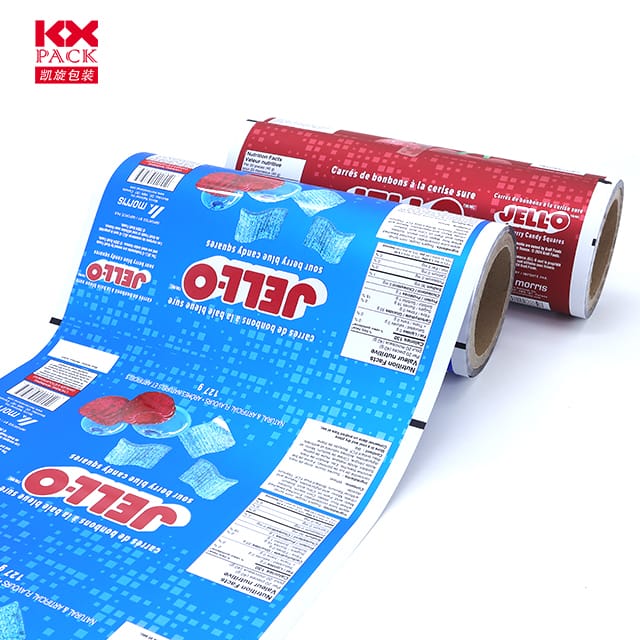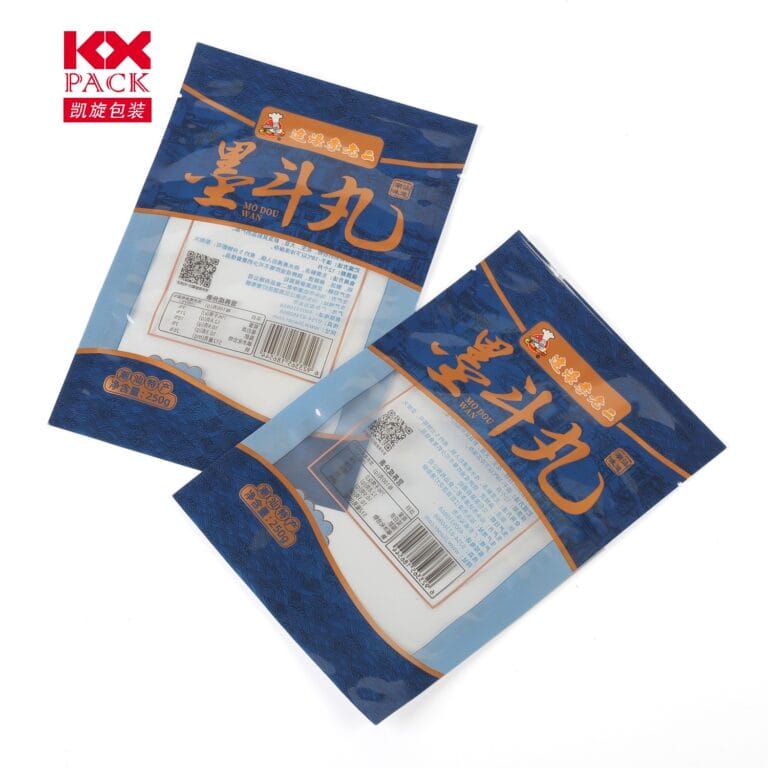Plastic Film for Food: A Comprehensive Guide to Safety, მდგრადობა, and Best Practices
პლასტიკური ფილმი
Plastic film for food—commonly known as cling wrap, food wrap, or plastic wrap—is a staple in kitchens worldwide. Its ability to preserve freshness, prevent contamination, and extend the shelf life of perishables makes it indispensable for households, restaurants, and food manufacturers. თუმცა, growing concerns about environmental impact and chemical safety have sparked debates about its usage. In this blog, we’ll explore theტიპები, სარგებელი, რისკები, და ეკო მეგობრული ალტერნატივები of plastic film for food, empowering you to make informed choices.
What Is Plastic Film for Food?
Plastic film for food is a thin, flexible material made primarily fromპოლიეთილენი (PE), though variations likeპოლივინილის ქლორიდი (PVC) ანპოლივინილიდენის ქლორიდი (PVDC) may also be used. It’s designed to create an airtight seal around food items, protecting them from moisture, ჟანგბადი, and odors. Common applications include:
- Wrapping leftovers
- Covering bowls or plates
- Packaging deli meats or cheeses
- Protecting produce during storage
Types of Plastic Film for Food
- პოლიეთილენი (PE) ფილმი
- The most widely used and safest option for food contact.
- Comes in two varieties:
- Low-density polyethylene (Ldpe): Soft and clingy, ideal for wrapping irregular shapes.
- High-density polyethylene (Hdpe): Stiffer and more durable, often used for freezer bags.
- PVC Film
- Contains plasticizers like phthalates, which can leach into food, განსაკუთრებით ცხიმოვანი ან მჟავე საგნები.
- Less common today due to health and environmental concerns.
- ბიოდეგრადირებადი/კომპოსტირებადი ფილმები
- დამზადებულია მცენარეთა დაფუძნებული მასალებისგან (მაგ., სიმინდი, ცელულოზა) or biopolymers.
- Designed to break down faster than traditional plastics, though proper disposal is key.
Benefits of Using Plastic Film for Food
- საკვების შენარჩუნება: Reduces waste by keeping food fresh longer.
- ჰიგიენა: Prevents cross-contamination between foods.
- მოხერხებულობა: მარტივი გამოსაყენებელი, მაღაზია, and transport.
- ეფექტური: Affordable compared to reusable containers for short-term storage.
Risks and Concerns
- Chemical Leaching
- Some films may release harmful substances (მაგ., BPA, ფთალატები) when heated or in contact with oily foods.
- გადაწყვეტილება: Look for labels indicating “microwave-safe” or “BPA-free.”
- Environmental Impact
- Traditional plastic films are non-biodegradable and contribute to microplastic pollution.
- გადაწყვეტილება: Opt for recyclable or biodegradable options and recycle properly.
- ერთჯერადი ნარჩენები
- Disposable plastic film generates significant landfill waste.
- გადაწყვეტილება: Switch to reusable silicone food covers or beeswax wraps.
How to Choose Safe Plastic Film for Food
- შეამოწმეთ ეტიკეტები: Prioritize products labeled “food-grade,” “FDA-approved,” or “phthalate-free.”
- Avoid PVC: Choose PE-based films instead.
- Look for Recycling Symbols: Films marked with recycling codes #2 (Hdpe) ან #4 (Ldpe) are safer and more recyclable.
- Temperature Resistance: Ensure the film is suitable for your intended use (მაგ., freezer, microwave).
Eco-Friendly Alternatives to Plastic Film
- ფუტკრის ცვილის შეფუთვა
- მეორად, კომპოსტირებადი, and made from organic cotton coated in beeswax.
- Perfect for wrapping sandwiches, ყველი, or produce.
- სილიკონის საკვების გადასაფარებლები
- ხანგრძლივი, ჰათამათი, და სითბოს მდგრადი.
- Reusable for years, ნარჩენების შემცირება.
- მინის ან უჟანგავი ფოლადის კონტეინერები
- Ideal for storing leftovers or meal prepping.
- Non-toxic and eco-friendly.
- Fabric Covers with Drawstrings
- Great for covering bowls or dough during rising.
- Machine-washable and sustainable.
Best Practices for Using Plastic Film Safely
- Avoid High Heat: Never use plastic film in ovens or toasters; it can melt and release toxins.
- Don’t Reuse Single-Use Films: They degrade quickly, increasing leaching risks.
- სწორად შეინახეთ: Keep plastic film away from direct sunlight or heat to prevent chemical breakdown.
- Recycle Correctly: Clean used film and check local recycling guidelines (many curbside programs don’t accept it, but drop-off centers might).
კვების შეფუთვის მომავალი
Innovations are addressing the drawbacks of traditional plastic film:
- საკვები ფილმები: დამზადებულია ზღვის მცენარეებისგან ან სახამებლისგან, these can be consumed along with the food.
- ჭკვიანი შეფუთვა: Films with sensors to monitor food freshness in real time.
- Advanced Bioplastics: Stronger, more sustainable materials derived from agricultural waste.
საბოლოო აზრები
Plastic film for food remains a practical choice for short-term storage, but its environmental and health risks demand mindful usage. By opting for safer materials, exploring reusable alternatives, and recycling responsibly, we can reduce our ecological footprint while keeping our food fresh.
What’s your go-to method for storing leftovers? Share your tips or favorite eco-friendly swaps in the comments below! 🌱🍴


